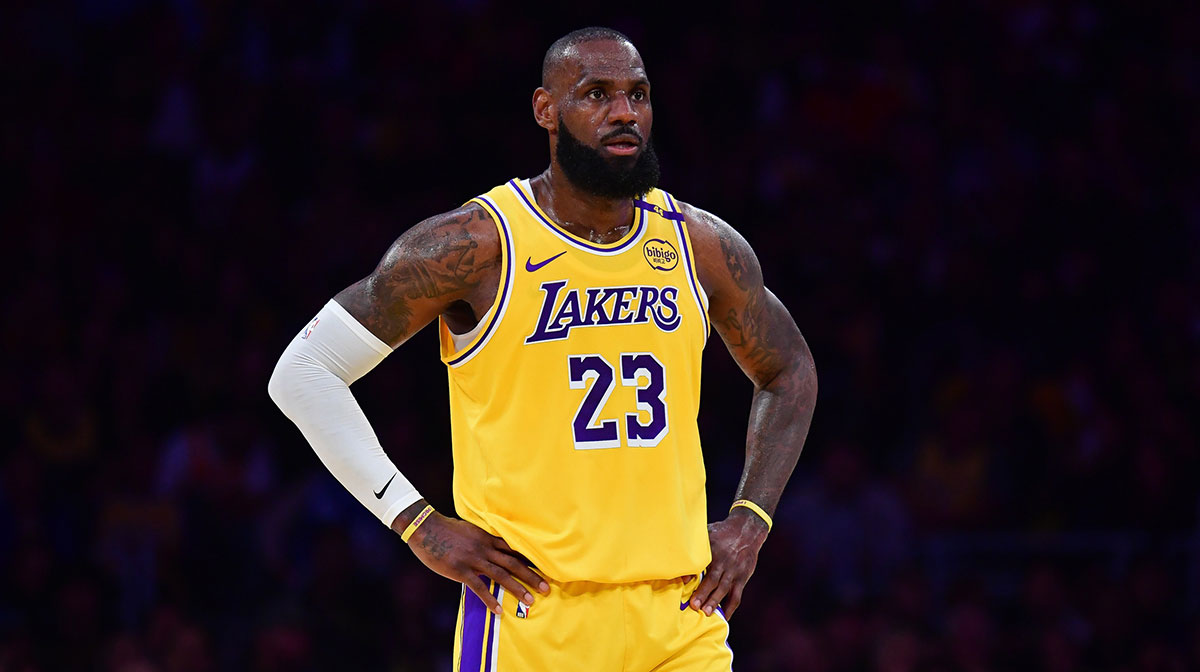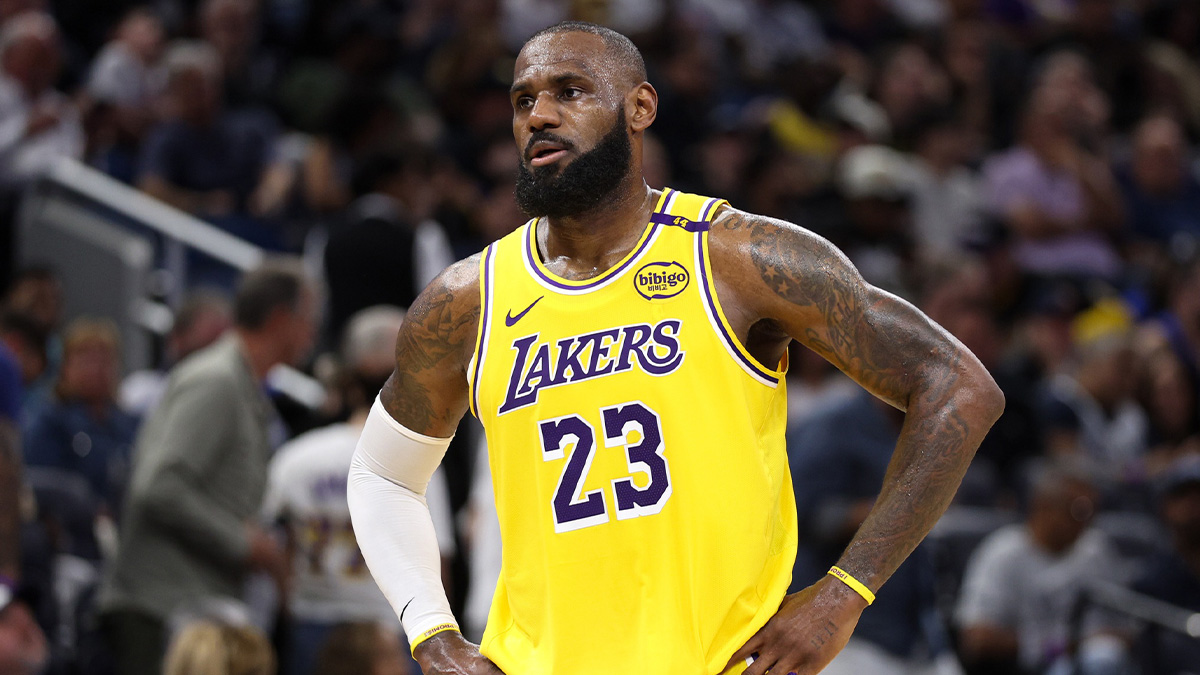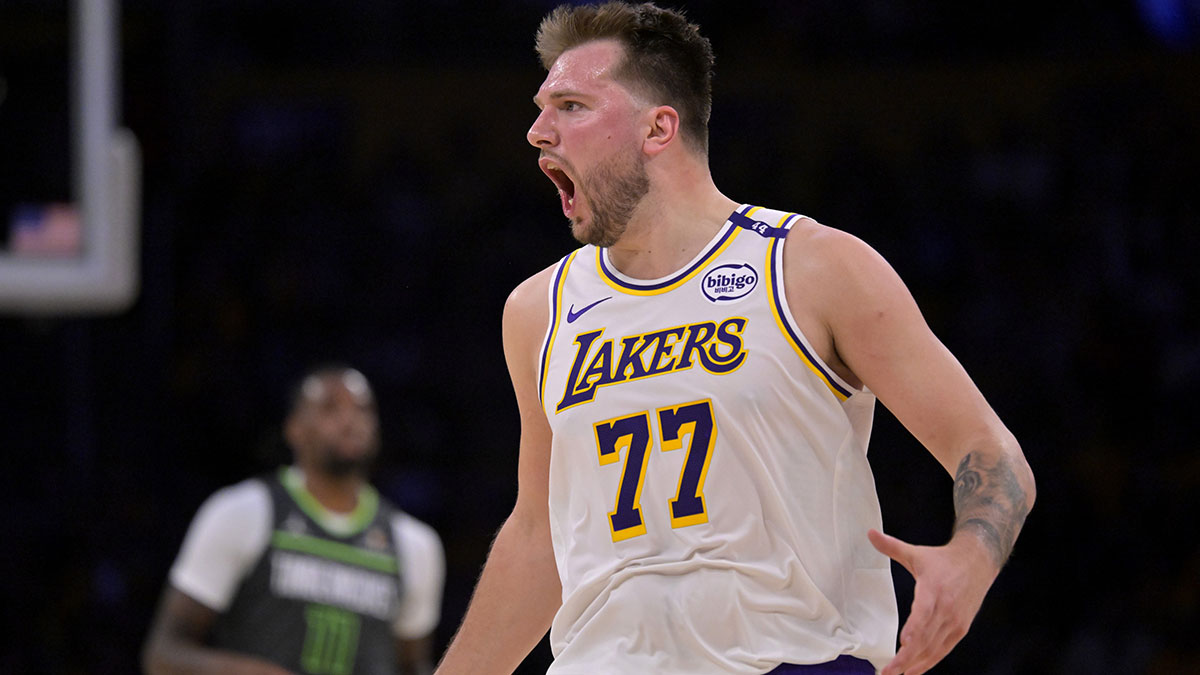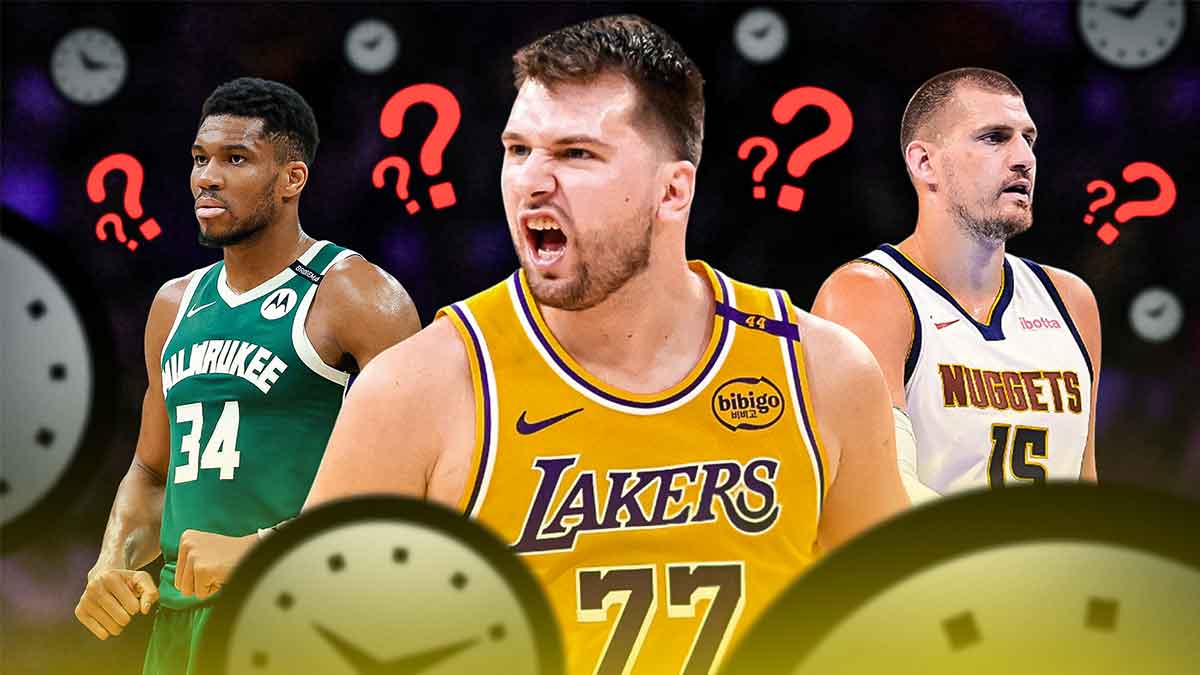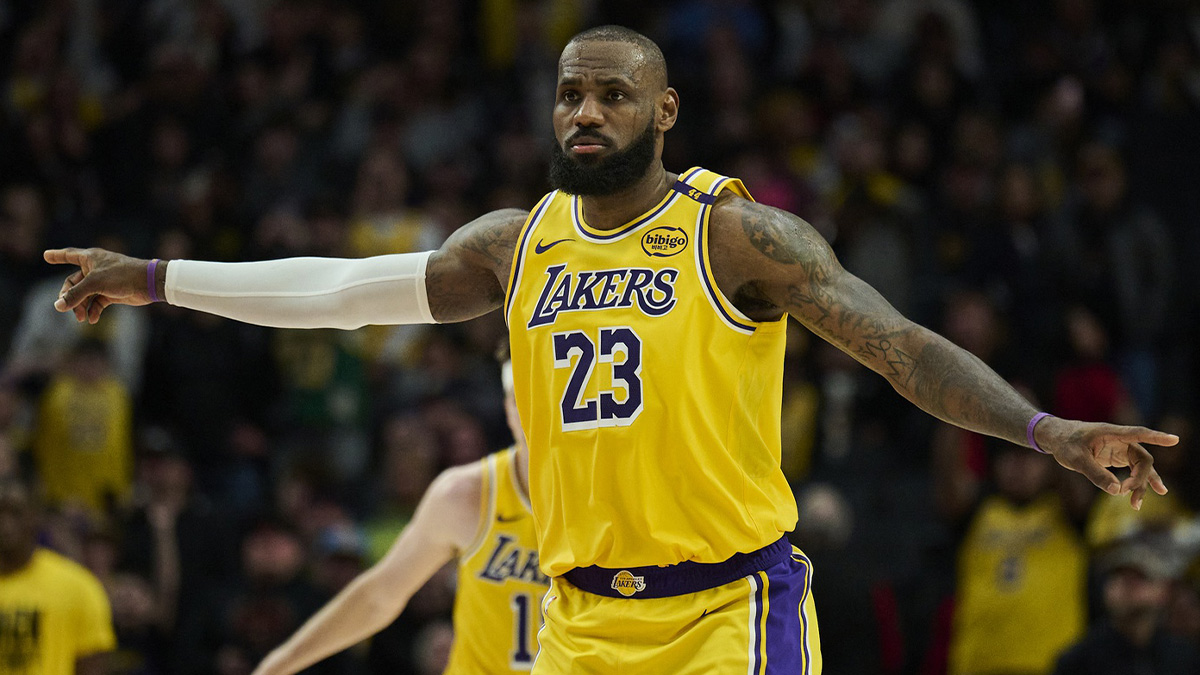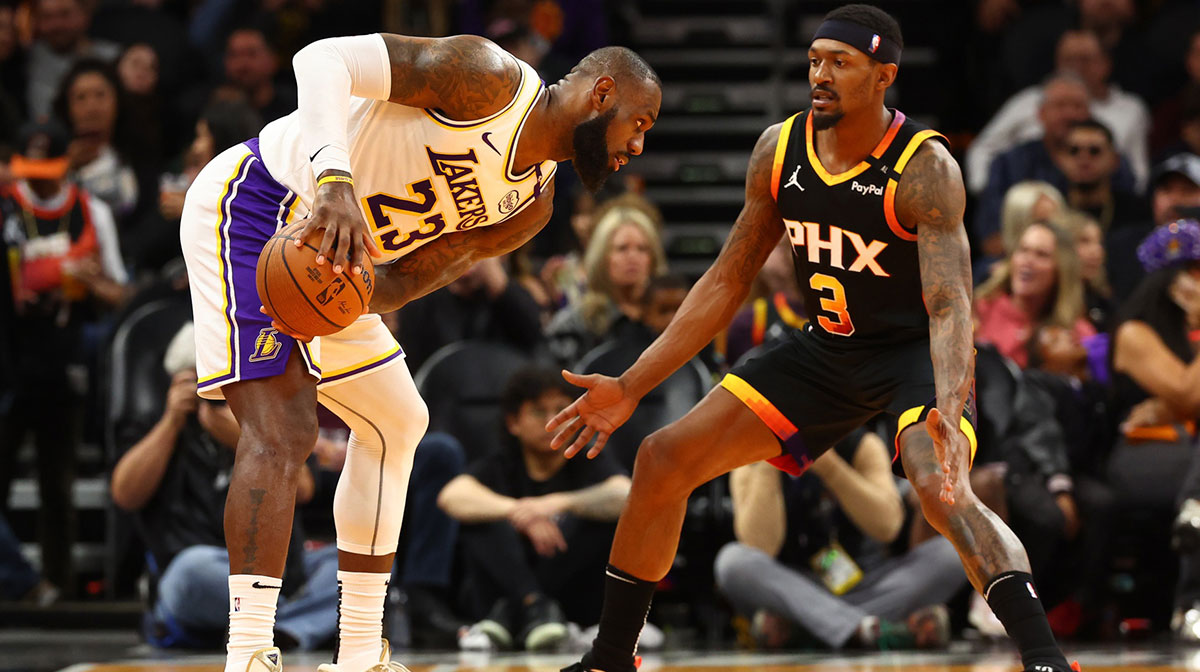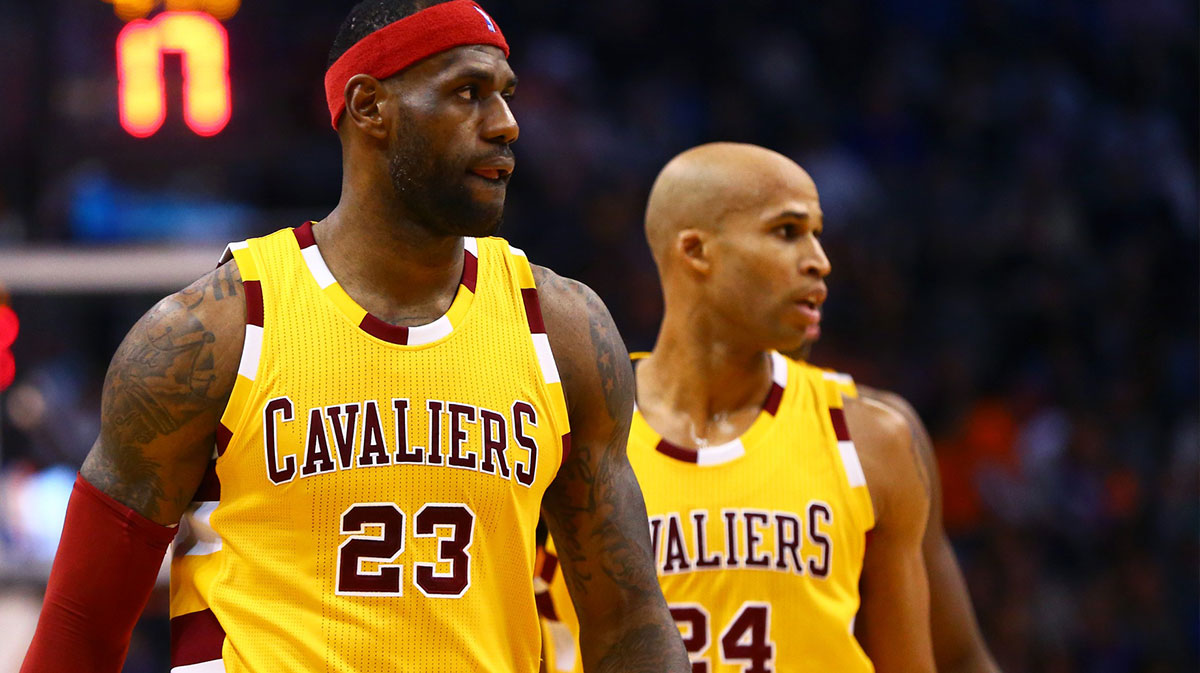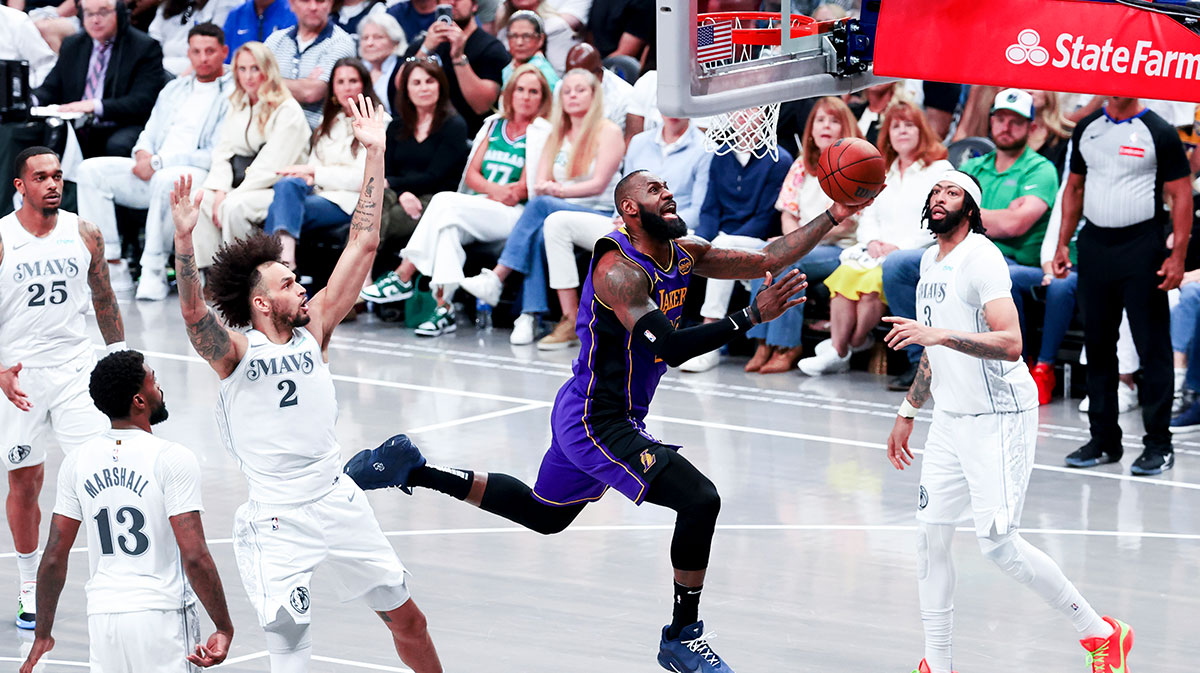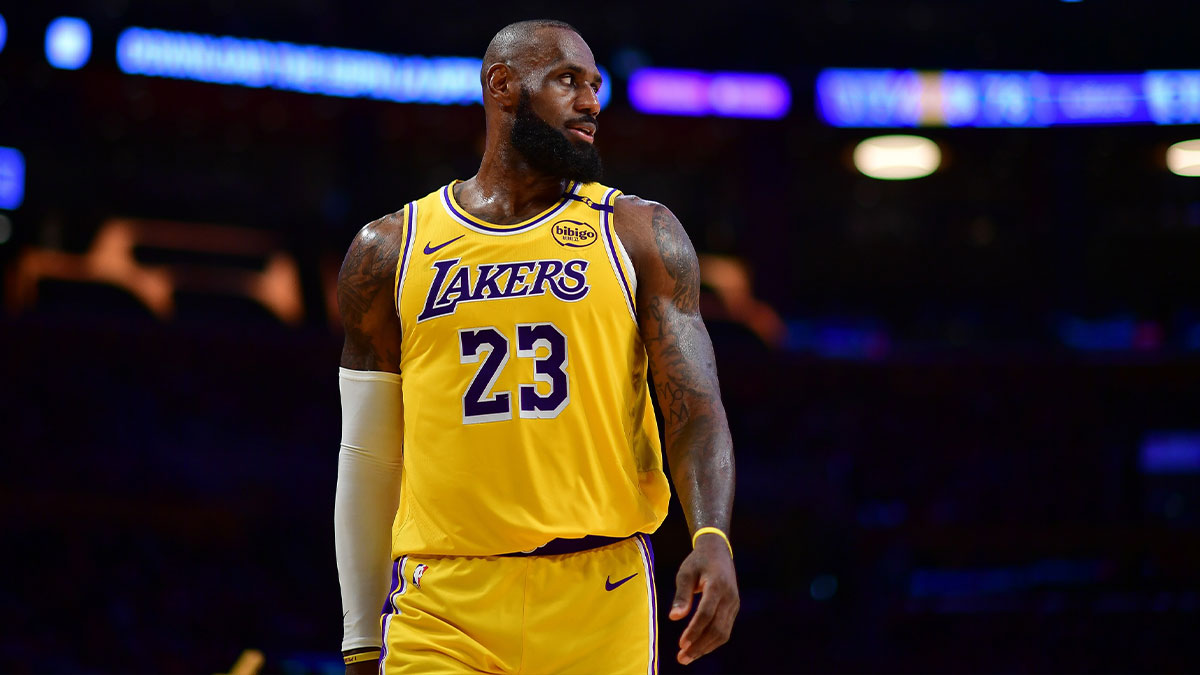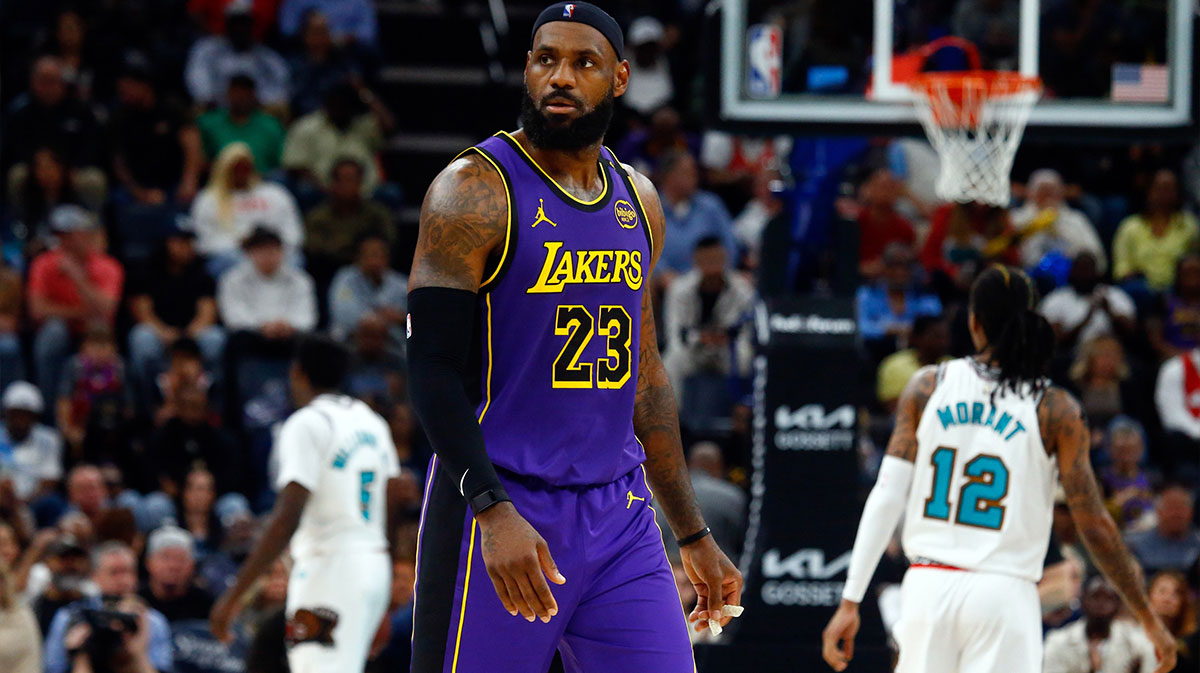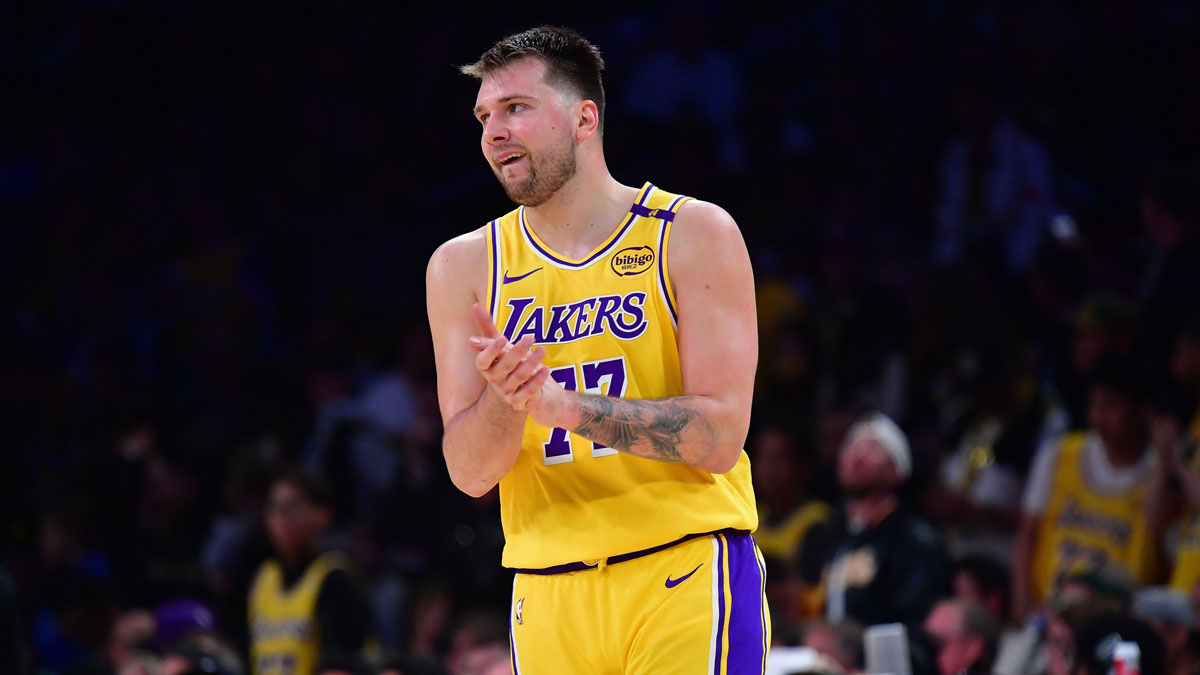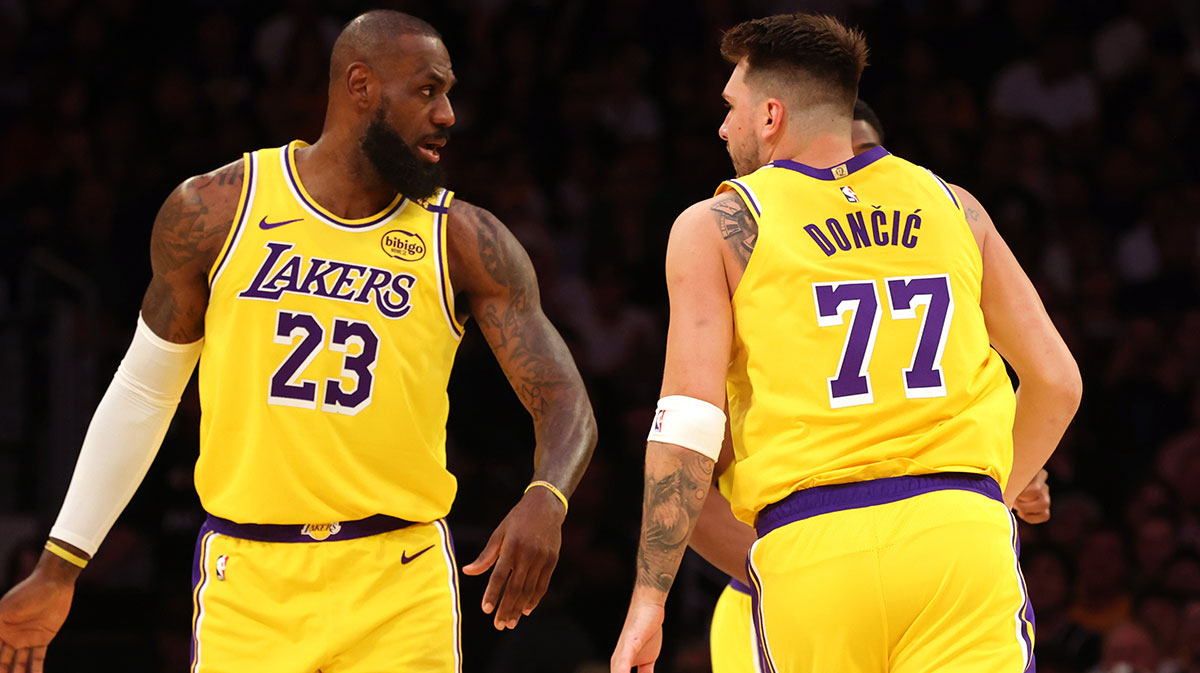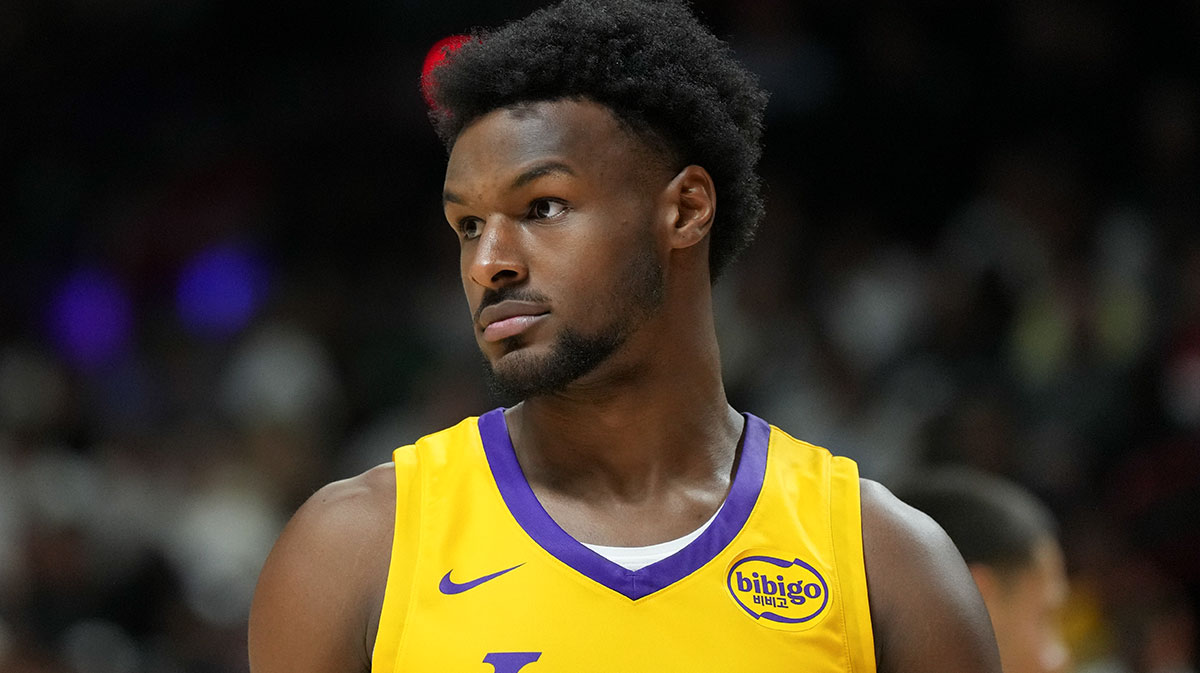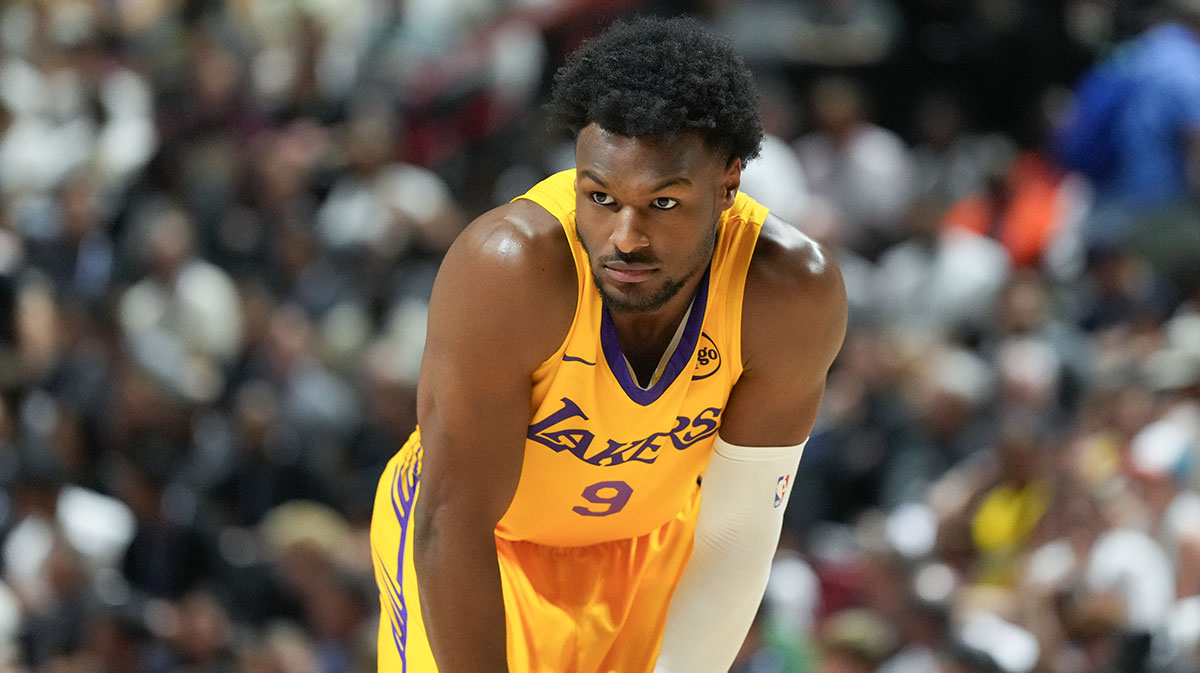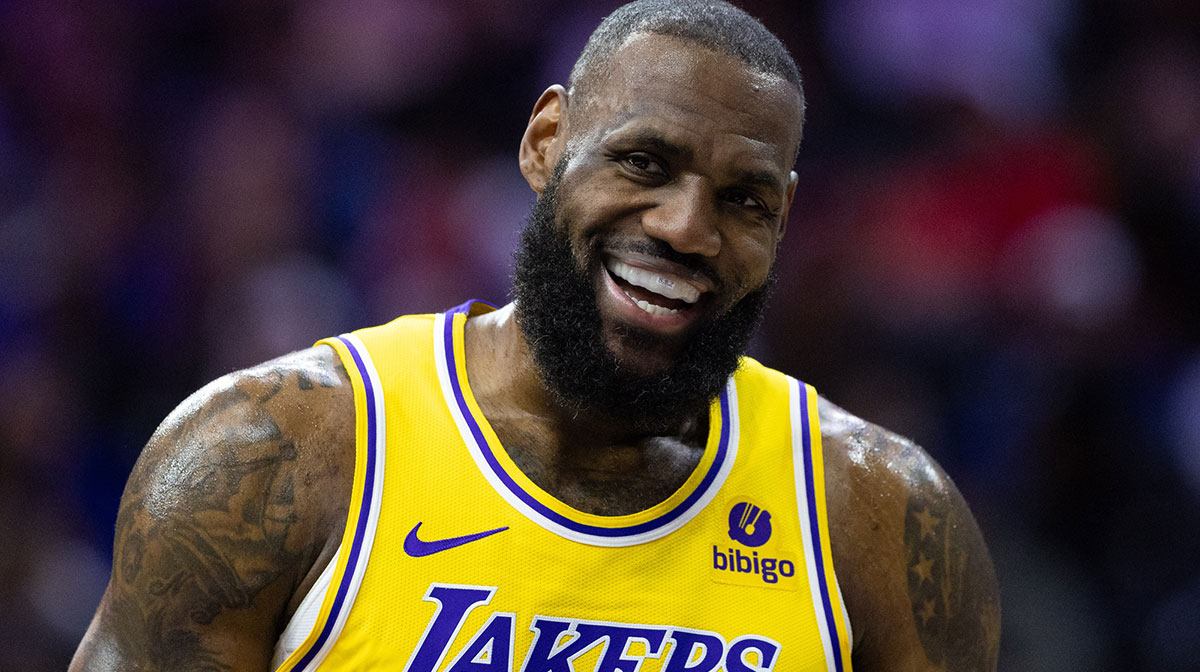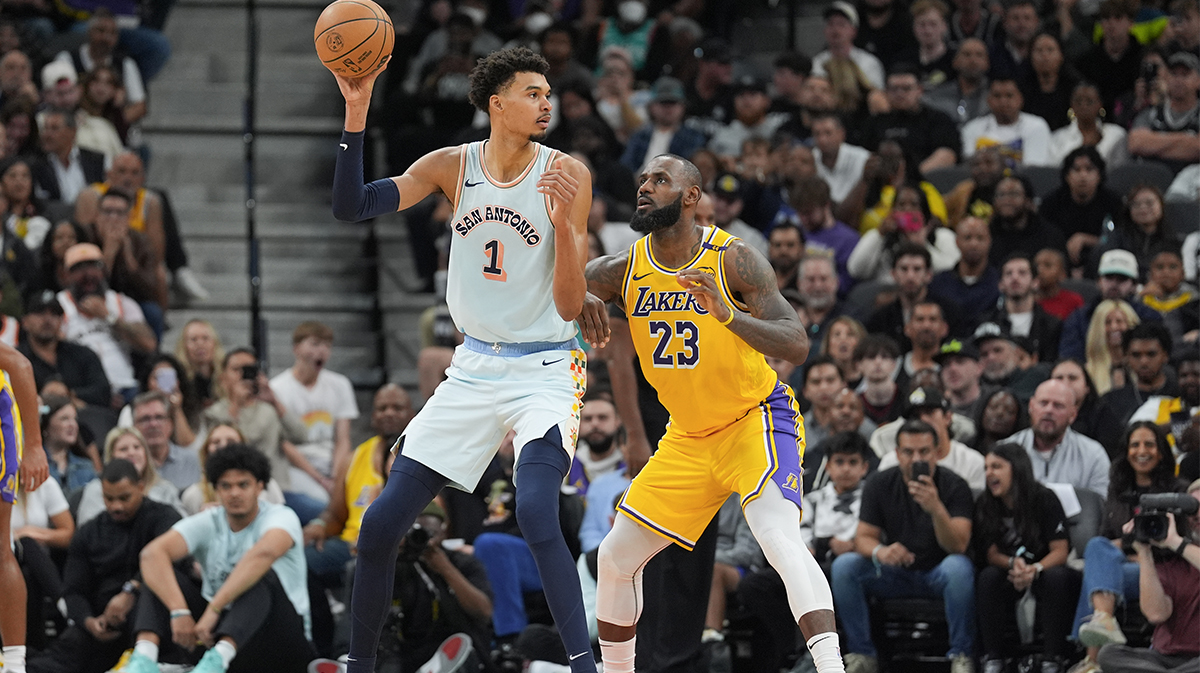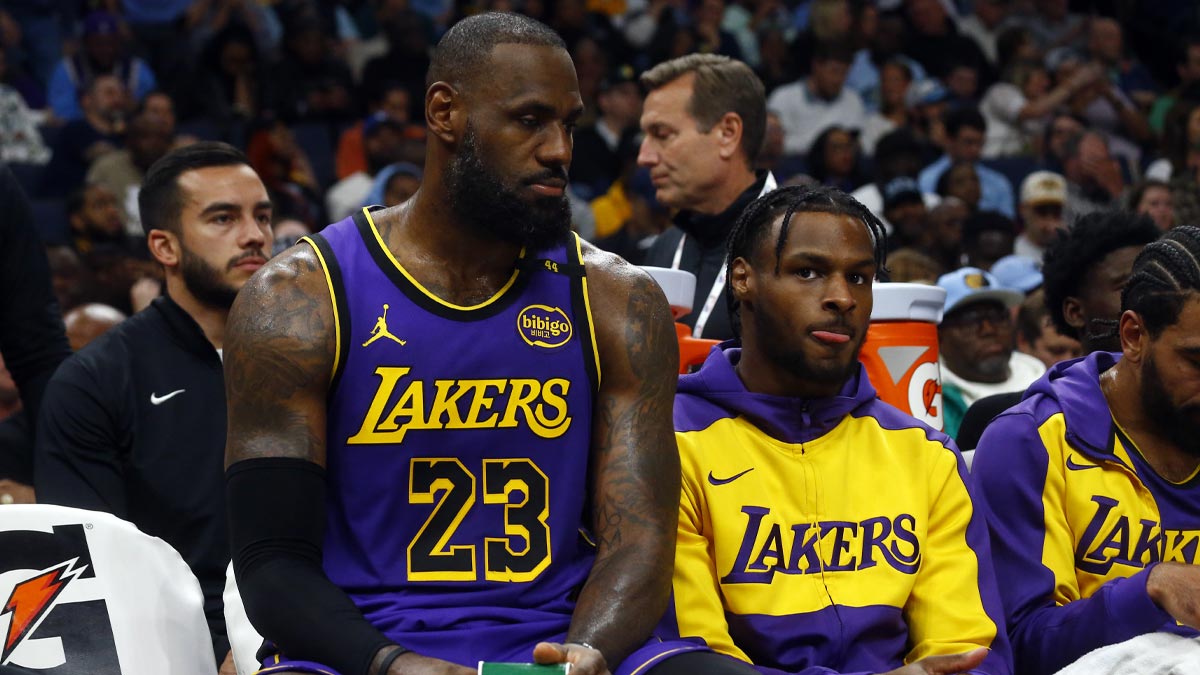Lonzo Ball's MCL knee injury occurred January 13th during the overtime win in Dallas and he hasn’t played since.
The usual timeline of recovery and return to sport for an MCL grade I injury is 1-3 weeks. We’re now coming up on nearly 4.5 weeks and Lonzo Ball's MCL still has him on the sidelines.
So what gives?
Is the team hiding something, is Lonzo too busy promoting BBB to do his rehab, or something else?
In my expert opinion, the extended timeline makes sense based on the MCL’s structure, function, how it affects basketball movement, Lonzo’s specific style of play, and the overlying risk/reward of bringing him back too soon.
Lets start with the diagnosis itself.

I. Lonzo Ball's MCL Diagnosis
The team only specified the exact nature of the injury – an MCL grade I tear – after photos were released of Lonzo with a TENS unit on the medial (inner) aspect of his knee:

Don’t let the word “tear” scare you, any sprain involves tearing of fibers, it’s simply a matter of extent.
In general, a grade I tear is the mildest as grade I = 0-25% tear, grade II = 25-75% tear, and grade III = >75% tear, basically a full rupture.

The usual timeline for a grade I MCL tear is roughly one to three weeks of recovery. To examine Lonzo's extended recovery, let's start with the structure and function of the MCL itself.

I. What is the MCL and what does it do
MCL Structure
The MCL is a flat broad ligament on the medial (inner) aspect of the knee – it originates on the femur and attaches to both the tibia and meniscus. Take a look:

MCL Function
The MCL is one of the four major knee ligaments that passively stabilizes the knee – three of the four major ligaments are pictured above (only the PCL isn’t pictured, it resides on the posterior aspect of the knee).
The MCL stabilizes the knee in five key ways:
- Resists valgus force: Valgus force refers to a sideways force that is traveling lateral to medial. This picture will help illustrate it:

humankinetics.com - Provides rotational stability, particularly when the knee is extended
- Prevents hyper-extension of the knee
- Provides joint proprioception
- Proprioception refers to a sensory feedback loop that gives your brain data on the angle and velocity of your joint. This allows your brain to make adjustments and if needed create an active muscle contraction to provide an active stabilizing force.
- Ligaments, when tensioned, are key players in providing that information. Over-stretching & tearing of the ligament can result in this proprioceptive feedback loop being impaired.
- Takes load off the ACL: Particularly by helping with rotational and extension stabilization.
So how does this general function of the MCL apply to basketball movements?

II. Lonzo Ball's MCL and basketball movements
If you’re thinking “the MCL is basically involved in every basketball movement” – you’re spot on.
However, there are specific things to look at, some less obvious than others:
Valgus force movements
Basketball is rife with valgus force.
- Lateral movement
- Things like pushing off laterally and reversing direction while defending, a jab-step, lateral explode off the dribble, crossing-over, etc. all create valgus force at the knee and tension Lonzo Ball's MCL.
- Running
- Each time your foot hits the ground during running, there’s a valgus force at your knee. This is due to the kinetic chain of your foot and hip.
- When your foot hits the ground, it pronates (flattens) to absorb force. Your tibia is coupled to your foot (specifically the talo-crural joint) so it internally rotates. Your femur is coupled to your tibia so it also internally rotates. This chain biases your knee into an inward (valgus) position.
- At your hip, the force from the ground (ground reaction force or GRF) travels up into your hip and tilts the pelvis up, resulting in hip adduction. This also biases your knee into a valgus position.
- Here’s a look at the anatomy and what it looks like in real life:

musculoskeletalkey.com 
Ptonthenet.com
- Landing
- The mechanics of landing are basically the same as running once your feet hit the ground – however, the force when you hit the ground is amplified significantly.
- Some studies have shown that dropping from a height of 60cm (roughly 24 inches) results in a vertical ground reaction force (VGRF) that’s roughly 6.5x your body-weight. The average NBA vertical jump is roughly 71cm (roughly 28 inches).
- There are also other landing factors that affect the amount of force produced. These are:
- landing strategy: two feet vs one foot
- foot placement: fore/midfoot vs heel
- knee angle: soft bent knees vs stiff straight knees
- The latter – 1 foot landing, heel foot placement, and a stiffer knee angle – all increase the amount of force when landing.
- Jumping
- The loading phase of jumping results in a valgus force at the knee – this cringeworthy picture of RG3 at the NFL combines demonstrates that:

NFL Network
- The loading phase of jumping results in a valgus force at the knee – this cringeworthy picture of RG3 at the NFL combines demonstrates that:

Rotational Movements
Basketball is also rife with rotational force.
Pivoting, or changes of direction like when navigating screens or having to quickly tag and recover defensively, or turn and go on fastbreak, etc.
These all require rotary stabilization of the knee and put extra load on Lonzo Ball's MCL.

Hyper-extension
Decelerating puts a significant load on Lonzo Ball's MCL and knee to control extension.
Basketball is full of quick and dynamic deceleration. Chasing after a long board and then stopping on a dime to avoid going out of bounds, chasing down a defender on the break and then slowing down to get into good defensive position, closing out hard and then stopping to guard against the drive, etc.
These all require extension stabilization of the knee and create added stress on Lonzo Ball's MCL.

Unanticipated movements
Basketball is a contact sport – don’t tell James Harden – that involves multi-tasking and multiple variables that you can’t control. This is inherently going to result in a risk for unanticipated and potentially awkward movements.
In these non-ideal scenarios, Lonzo Ball's MCL needs to be strong and functioning appropriately.

III. How does Lonzo Ball's MCL injury affect his role and style of play?
There are unique aspects of his specific role and style of play that put more load & responsibility onto Lonzo Ball's MCL.
Lead guard role
As a perimeter defender who is often involved at the point of attack, it’s imperative that he can move well, stop, change direction laterally and be able to navigate PnR coverage effectively.
As the primary ball-handler, he’s often involved in attacking defensive PnR coverages. This requires laterally exploding around the screen, attacking the big, getting into and navigating the paint, changing directions quickly whether to re-route his drive, double-back for a second screen, or find a shooting window behind a sagging coverage.
In each of these cases, Lonzo Ball's MCL is absorbing constant valgus, rotary, and extension loads.

High pace
Lonzo – by all accounts, for his entire life – has always played at a high pace and breakneck speed. He is running more than most players and constantly starting/stopping at high speeds – resulting in increased load on his MCL.
Rebounding rate and penchant for weak-side shot blocking
Lonzo's affinity for rebounding and blocking shots means he’s jumping and landing more, often in crowded spaces.
More jumping and landing reps means an increased load on the MCL. Additionally, landing in crowded spaces results in increased variability in his landing mechanics which increases the stress on Lonzo Ball's MCL.

Multi-tasking while rebounding
A really unique trait of Lonzo – and part of what makes him so dangerous when rebounding – is he will multi-task during landing. He looks up-court while grabbing the board to take a mental picture and then instantly throw his hit-ahead passes.
This can result in increased variability of landing as Lonzo's relying more on sensory feedback to control his landing (more on that below) and, you guessed it, added stress to his MCL.
Vertical jump
Lonzo has significant vertical bounce – he’ll consistently get up when he’s going after boards but it’s most evident if you watch his dunk reels.
That jumping height results in increased valgus force while jumping and landing, significantly increasing the amount of load through his MCL.
However, Lonzo has two mitigating factors to reduce that force: he usually jumps off two-feet and he's relatively light for his size.

Lakers’ defensive switching schemes
The Lakers’ defense is predicated on switching which results in guards switching onto bigger players. In these cases, the guards have to play with greater leverage and absorb more force while defending and boxing out – all of which means increased valgus, rotary, and extension load for Lonzo Ball's MCL.
His Jumper
Before everyone gets into a tizzy and starts piling on his shooting mechanics, I only threw this one in as bio-mechanical food for thought – I went deep into the rabbit hole of bio-mechanics and came out with this.
His gather and shooting track being so far on the left side of his body likely equals a weight-shift and added load to his left leg and knee. You could use a force-plate to measure the weight transfer but I’d wager all my Southwest Airlines free drink coupons that it’s extremely marginal and basically irrelevant as it relates to his MCL.

IV. The Rookie & Team Factor
The reality of being a premier rookie in the NBA is that it’s a brutal transition from college to the pros.
According to sports-reference.com, Lonzo played 36 total games at UCLA (including the pac-12 tournament and the NCAA tournament), averaging 35 mins per game.
The NBA regular season alone is 82 games, and according to basketball-reference.com he’s averaged 34 minutes per game thus far.
If you extrapolate that out, that’s approximately a 220% increase in sheer minutes alone! Then you factor in other variables:
- Increased intensity of the play
- Differences in strength and conditioning between him and seasoned players
- Very limited time to recover and strengthen
- Increased off-court variables (sponsorship and marketing responsibilities, more media coverage, constant travel)

Lonzo’s body and mind are being over-loaded. It’s difficult for players at their physical peak to stay healthy let alone a rookie. Every time I hear “these guys are just soft”, I audibly laugh – we just know a lot better now.
The last factor to consider is that the Lakers aren’t playing for all that much. Sure, they are six games out of the final playoff spot, just made a trade that could possibly propel them closer to contending for it, and are trying to attract free agents by showing an improvement in play…but all that pales in comparison to their long-term goals.

To put it simply – the current risk/reward of playing Lonzo completely tilts toward risk and it doesn't make sense to play him, particularly with the extended all-star break coming up. If he comes back for the Mavericks game on 2/23, that would put Lonzo Ball's MCL recovery and rehab process at six weeks.

V. So how do all these factors inform an ultra conservative timeline?
Due to these factors, the rehab for Lonzo Ball's MCL injury is multi-factorial, very involved, and biases towards being ultra conservative. It’s critical he’s at 100% physically and mentally before he gets back.
The team has to address all of the following in order to heal the current injury and reduce future injury risk:
- Healing of Lonzo Ball's MCL itself
- Reducing inflammation in the surrounding tissue
- Correcting bio-mechanical musculoskeletal factors (such as weakened or fatiguing muscles)
- Deficits can lead to increased knee valgus & decreased shock absorption

- Addressing the nervous system
- Neuro-muscular
- Muscle firing and sequencing
- Neuro-motor control
- Running, jumping, and landing mechanics
- Sensorimotor control
- Proprioceptive system
- Provides unconscious feedback to your brain as to where your body parts are in space and the angle & velocity of your joints.
- Vestibular system (inner ear, vision, and auditory)
- The dominant sensory input for movement and head position – key for balance, spatial orientation, eye control, and being secure/confident with movement.
- Proprioceptive system
- Mitigating neuro-cognitive pain
- The body and brain become conditioned to feel pain if they are constantly put through a painful movement
- Lonzo’s activity will start with pain free movements and then gradually, incrementally progress to movements that were painful
- The body and brain become conditioned to feel pain if they are constantly put through a painful movement
- Neuro-muscular

In general, the medical staff will incrementally clear him to do more activity based on how his MCL and body responds and recovers. We’ve had a flurry of updates about Lonzo's incremental progression in the last handful of days.
On Saturday, Lakers sideline reporter Mike Trudell tweeted:
Lonzo Ball has progressed to doing drills at full speed and hasn’t had any set backs. Next step is to do drills with some contact from asst. coach Miles Simon. After that, practice w/rest of team.
— Mike Trudell (@LakersReporter) February 10, 2018
On Monday, Coach Luke Walton when speaking to the media:
“Lonzo did everything in practice except the contact stuff….there’s nothing penciled in and if he’s able to do more that’s great but we won’t know anymore until we see how he feels…you don’t just go from zero practice to full contact practice, you go to doing practice non-contact and then you do some more contact, and if that feels good, then you get back to playing again”
And finally on Tuesday, Mike Trudell summing up Luke's post-practice update:
Luke on Lonzo: "We're not gonna play him tomorrow (at New Orleans). With the back-to-back and a week off after that, the progress is great but it just doesn't make sense to risk it right now."
— Mike Trudell (@LakersReporter) February 13, 2018
This reiterates that current risk/reward calculation tilts too far toward risk.

VI. The long-term prognosis for Lonzo Ball's MCL
I’m not worried about Lonzo’s Ball MCL in the long-term. The MCL has a very established protocol and Marco Nunes has handled himself extremely well since taking over as medical lead once Garry Vitti retired (I’d argue significanty better but that’s a different topic).
However, there’s one crucial detail we don’t know. The team hasn’t said anything about the mechanism of Lonzo Ball's MCL injury– specifically if it was impact or a non-impact injury.

Although every injury is worrisome and needs to be addressed, an impact injury is significantly less worrisome long-term than a non-impact injury.
An impact injury is simply too much force from an external variable going through the MCL, resulting in a tear. It’s like coming down on someone’s foot and spraining your ankle – what can you really do about that? Not much.
A non-impact injury commonly speaks to an underlying problem – like a bio-mechanical and/or nervous system deficit – that is resulting in excessive load on the MCL. The sources of such problems are far more convoluted.

The good news is that Lonzo, by all accounts, is inching closer to returning. His activity level is increasing but there’s no set progression or timetable – if he responds well and doesn’t have increased inflammation or pain, then he gets bumped up to the next level of activity.
It’s a methodical, systematic, and very conservative return to play protocol for Lonzo Ball– and for good reason.

